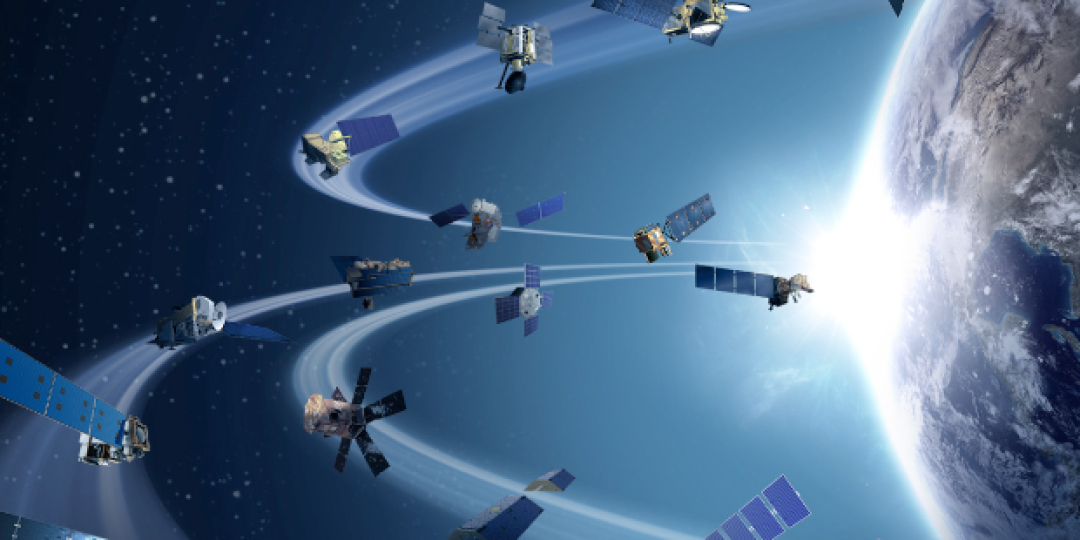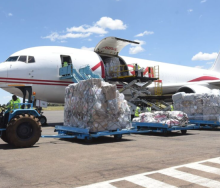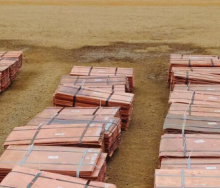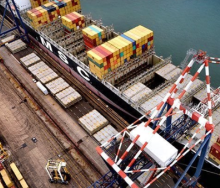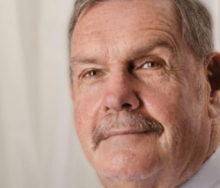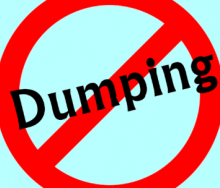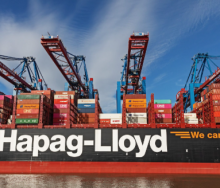Elon Musk's aerospace company has turned to the ocean freight industry to give its satellite service even more buoyancy by offering lines a two-month free deal.
With almost 4 500 small satellites in low-earth orbit (LEO), carrier take-up of Starlink's connectivity started off strong after the service became available to the liner trade in mid-2022.
In 2023, it became the most popular method of remote access for large ocean fleets.
The wider application of Starlink also served as the impetus for SpaceX to launch more than 1 000 satellites last year.
At speeds of up to 200 megabytes per second anywhere in the world, Starlink is said to be a no-brainer for vessel tracking and uninterrupted closed-loop interfacing.
However, Musk's satellite service doesn't come cheap. Installing a Starlink terminal is $2 500 per user, and the required five terabyte service costs $5 000 per month.
By dangling a carrot for a gratis period, Starlink is expected to hook up those lines that view the service as cost-prohibitive, and re-sellers are reportedly eager to cash in on the deal.
But there's an environmental safety angle that is overlooked, which has already caused SpaceX some flack from the Australian Space Agency (ASA) and the Federal Aviation Administration (FAA).
Although it's unknown how many satellites SpaceX has launched since its operations in 2002, 5 289 LEO satellites have been recorded, of which only 4 487 are still in orbit.
In August 2022, it was confirmed by the ASA and an astrophysicist from the Australian National University that hazardous objects which rained down on farms in New South Wales were space debris. The incident occurred when a Starlink satellite re-entered the Earth's atmosphere.
A rocket launch explosion by Musk's enterprise last year also resulted in the scattering of debris across a large area in Texas.
The FAA has also reported to Congress in the US that by 2035, space junk could result in fatalities on the ground every year, a matter that SpaceX refuted and requested to be rescinded.
But fears remain that falling debris from satellite components re-entering Earth’s atmosphere could pose a threat to aviation.
Last February, a geomagnetic storm knocked out about 40 Starlink satellites, the bits and pieces of which randomly re-entered the atmosphere.
Musk has publicly stated that Starlink aims to eventually have 42 000 satellites in LEO.
Because decarbonisation and other ESG initiatives are taking centre stage in the shipping industry, it remains to be seen to what extent Starlink's service will extend its reach through the liner trade.
